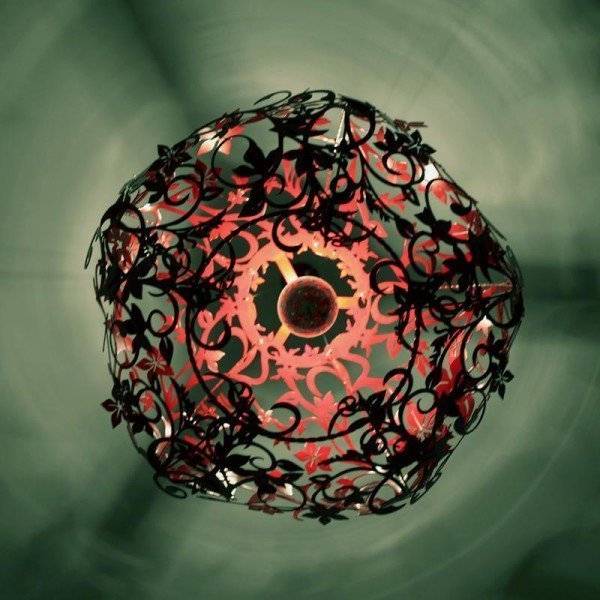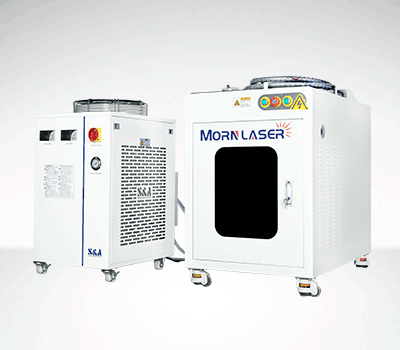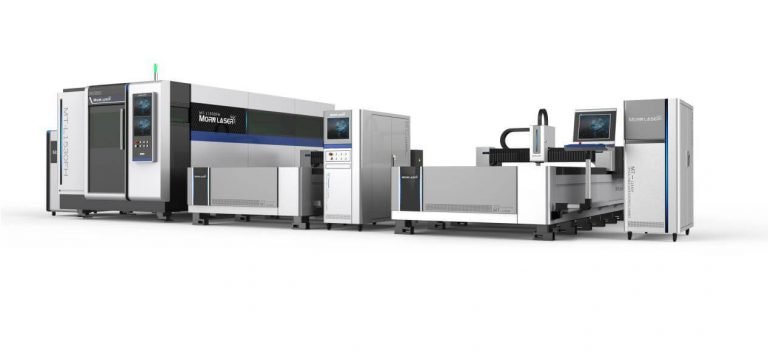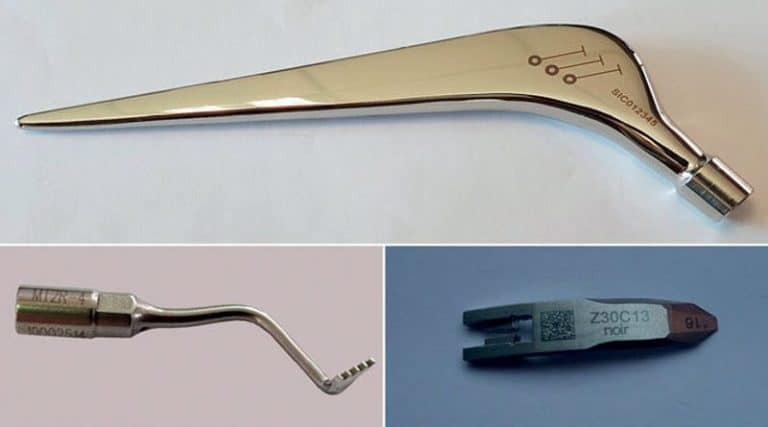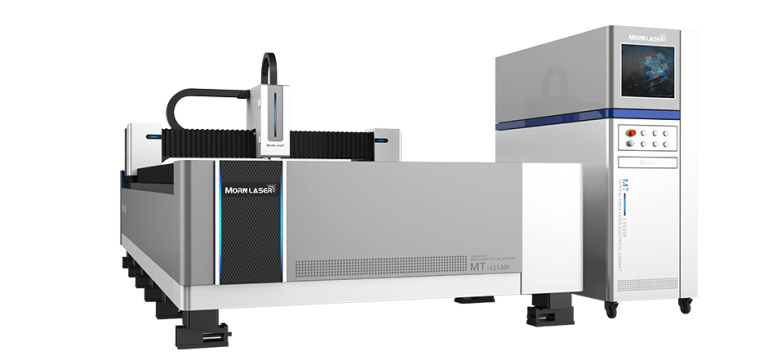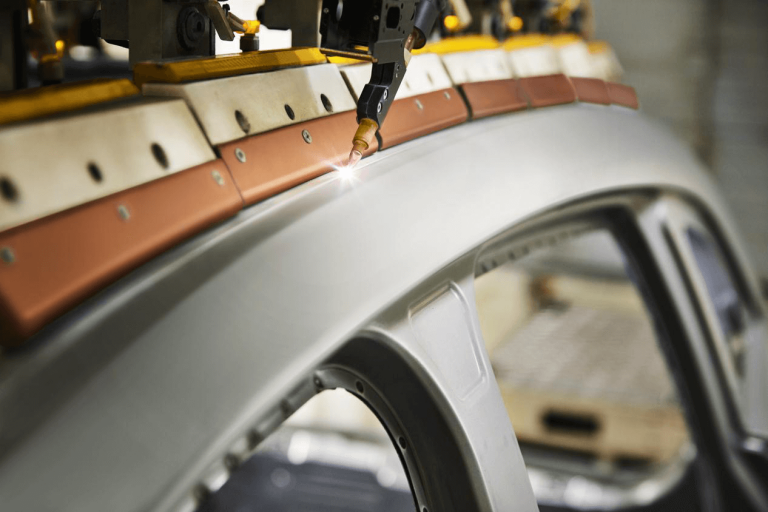Fiber laser cutting machines are used for a wide range of applications and creations throughout the year and regular maintenance is vital for keeping it in optimal condition. This is even more prominent during the winter months. In order to avoid downtime and unnecessary losses, be sure to take proper anti-freezing measures. Here’re some tips for maintaining fiber laser cutting machine in winter.
Table of Contents
Laser Cutting Machine Winter Problems
As the temperatures drop dramatically during winter, operating fiber laser cutting machine below more prominent 0°C will undoubtedly cause problems. Once the cooling water freezes, its volume will expand, which will cause the laser or the internal pipeline of the water-cooling system to crack or deform. This, in turn, will cause further damage to other core components and significant losses.
How to Maintain Fiber Laser Cutting Machine in Winter
Follow below tips to properly maintain your fiber laser cutting machine in water:
Keep working temperature above 0℃
To keep your fiber laser cutting machine functioning properly in winter, it’s better improving your workshop heating facilities and make sure the ambient temperature be kept above 0℃.
If there is no heating facility in the workshop, and the ambient temperature may be lower than 5 ° C. Keep the chiller running for 24 hours. Meanwhile, to save energy, the temperature of low temperature and normal temperature water should be adjusted to 5 ~ 10 ℃ to ensure that the cooling water is circulating and the temperature is not lower than the freezing point.
For users who add grease to the screw rod, don’t forget to clean it. Or it will affect the motion once it freezes; When adding the grease, ensure that the temperature in the workshop reaches minimum lubricating temperature.
Empty the cooling water after use
After every day use, empty the cooling water in the pipes. Use an air pump or compressor to efficiently drain up the water. Also, if necessary, remove the water chiller or pump and put it in a warmer place to prevent the circulation equipment from freezing.
Drainage method
Laser water cooler and water tank main drainage parts: water tank, pipeline, pump head, filter, deionization tank (optional accessory)
- Disconnect the power to the equipment involved in the drainage.
- Water tank drainage: Open the drain valve (or drain plug) at the lower part of the water tank to drain the water from the water tank. If necessary, you can tilt the water cooler to a certain angle to make the drainage cleaner.
- Drainage in pipelines and lasers: Unplug the four-way water pipes first, and then use compressed air to blow from the drainage inlets and outlets of the pipelines for 1 minute respectively to force the water stored in the pipelines back to the water tank and drain the water from the water tank’s drain port.
- Unscrew the filter element in the chiller and drain the water in the filter element.
- Open the water tank cover and observe if there is still water left in the water tank (you can use compressed air to connect the water supply port and blow back again, and force the residual water in the pipeline, laser (tube), and pump to return to the water tank, and then discharge it from the water tank drain port) If available, tilt the chiller slightly to allow the water to run out or dry it with a dry towel.
- Drain the pump head: Unscrew the screw under the pump to drain the water in the pump. It is best to blow out the remaining water on the pump head with compressed air, and then tighten the drain screw.
- Drainage of filter and deionization tank: Open the drain valve at the bottom of the filter and deionization tank or the plexiglass shell to remove the residual water.
Add antifreeze to cooling water
If power outages frequently happen or cool water can’t be drained every day, antifreeze must be used. Antifreeze is generally composed of alcohols and water. It requires a high boiling point and flash point, high specific heat and conductivity, low-temperature viscosity, low foaming, corrosion of metal parts and rubber hoses. When selecting or preparing antifreeze, its freezing point should be 5 ° C lower than the minimum temperature of the operating environment.
- Use ethanol for short-term antifreeze
If there is a power failure and the cooling water cannot be drained, temporary antifreeze is required. You can add ethanol (alcohol) in deionized or purified water. The addition cannot exceed 40% of the volume of the water tank. Paint and rubber parts are corrosive and corrosive to metals, so they cannot be used for a long time. You must drain and clean the cooling pipes with pure water or deionized water within one week. If antifreeze is still required, special antifreeze must be selected.
- Use special antifreeze of professional brands
It is recommended to use Dowhem SR-1 or CLARIANT from Dow Chemical. There are two types of antifreeze for laser systems:
1) Antifrogen®N glycol-water type;
2) Antifrogen®L propylene glycol-water type;
Conditions and methods for adding antifreeze to cooling water
- Name: Antifreeze ethylene glycol (also known as glycol), which can be purchased at local hardware and chemical stores, and also online, but there are restrictions on liquid transportation.
- The ratio with deionized water is at least about 30% and preferably 50%, (70% of water, 30% of ethylene glycol)
- Be sure to add the ambient temperature below zero degrees (inclusive).
- Ethylene glycol is not equal to ethanol (alcohol), please distinguish it.
Notes
▶ Excessive gas pressure for drainage may damage the laser. High antifreeze concentration increases water circulation resistance.
▶ All cooling water in the laser, laser output head, processing head and water cooler must be drained cleanly to effectively protect the entire set of water-cooling pipes and related components.
▶ When unplugging the water pipe, mark the order of the connectors to prevent them from being reversed during installation.
▶ For chiller, if you need to refill water after returning from vacation, be sure to exhaust the water pump before starting, otherwise the water pump will be damaged.
▶ No antifreeze solution can completely replace deionized water, and it cannot be used for a long time all year. After winter, please pay attention to change back to normal cooling water. Before that, clean the pipeline with deionized water or purified water, remove the antifreeze, and use deionized water or purified water as the coolant.
Expert Advice from MORN LASER
If there are conditions, we still suggest to improve the electricity environment, insist that the water cooler is not turned off, or upgrade the cooling water circuit design to make the cooling water draining every day simple and fast.
By following these maintenance tips this winter, your fiber laser cutting machine will keep on working efficiently throughout the cold months. Our sales and production teams have a wide variety of skills, so contact us if you have any further questions.

